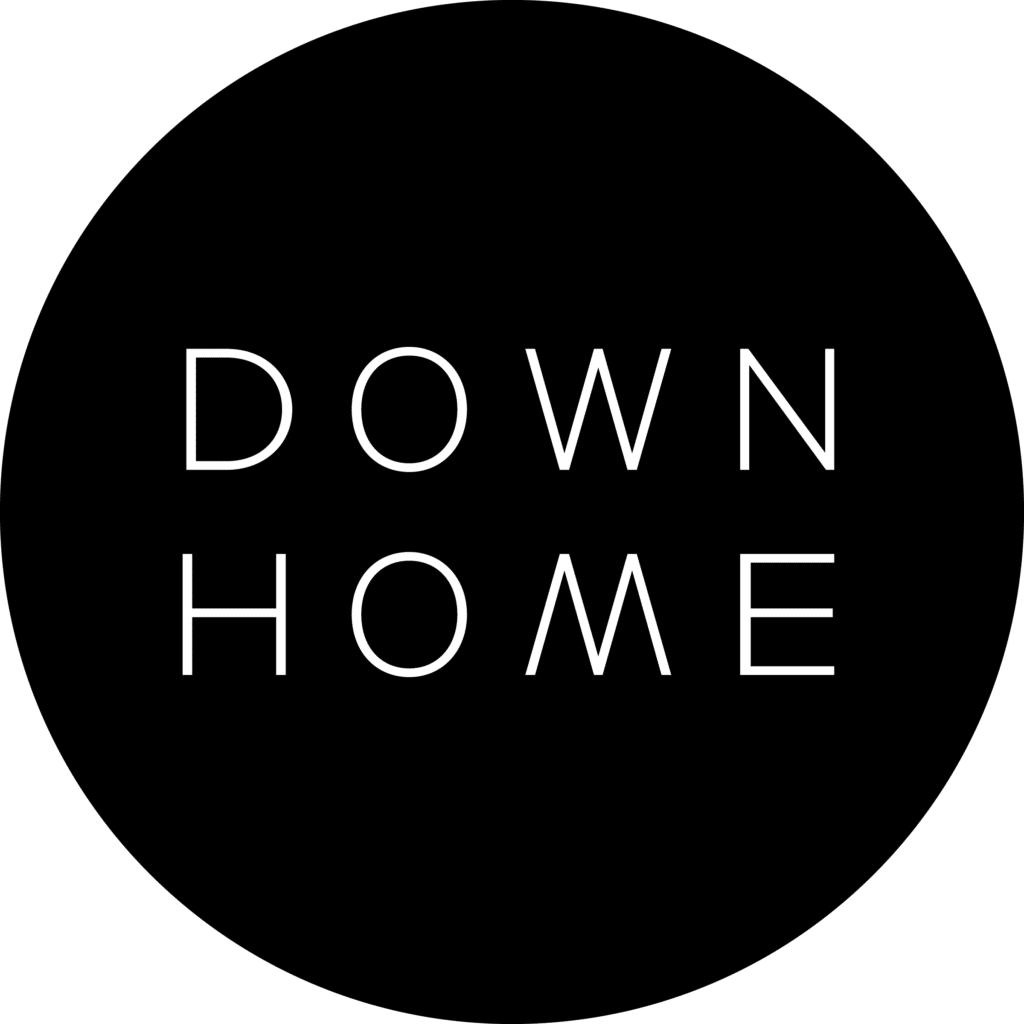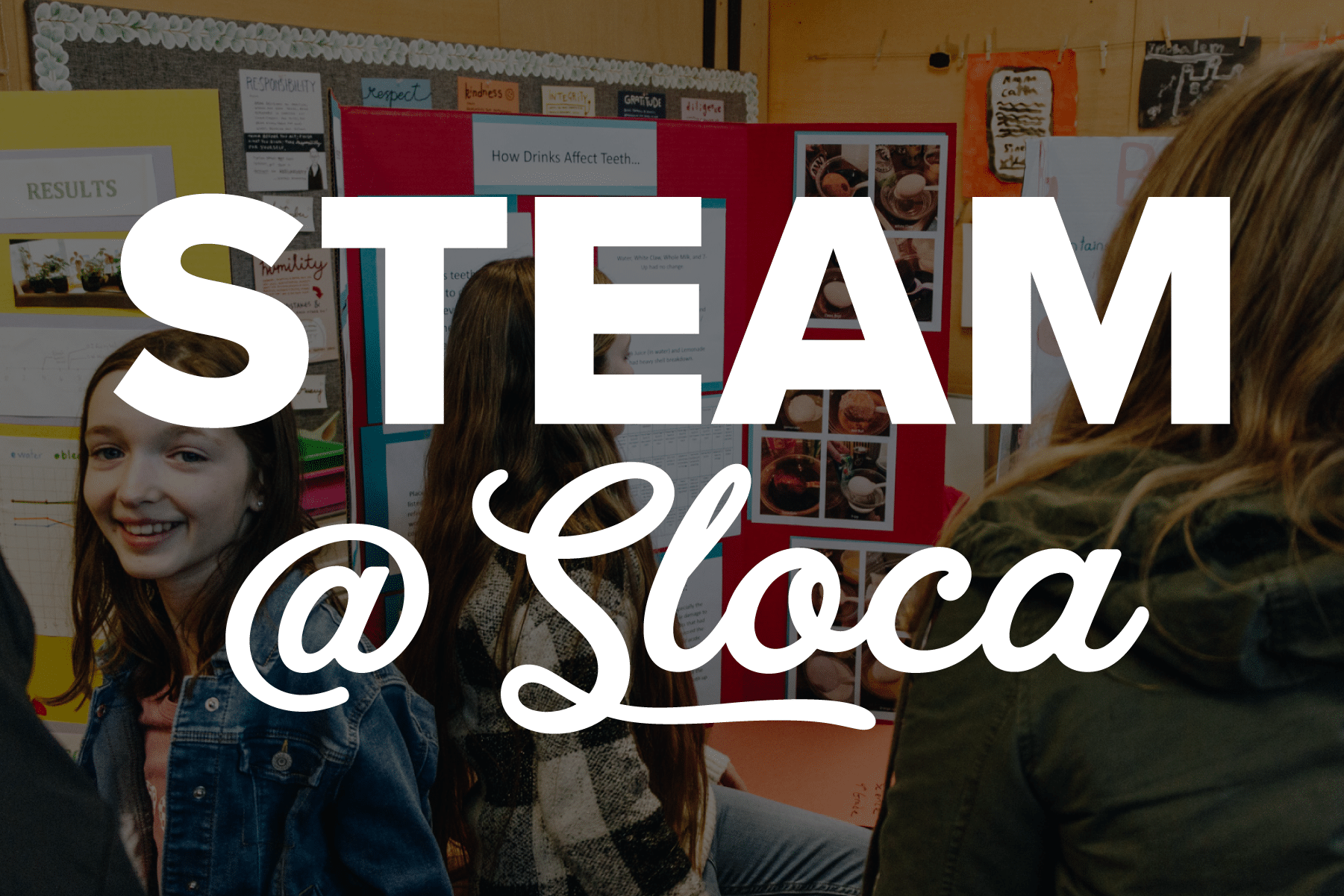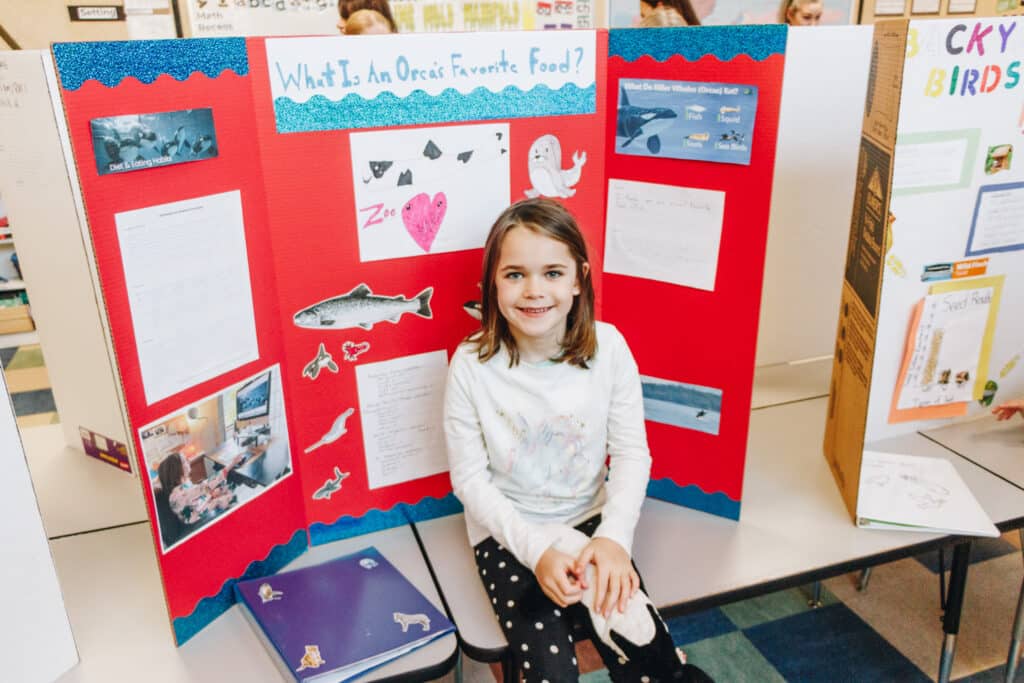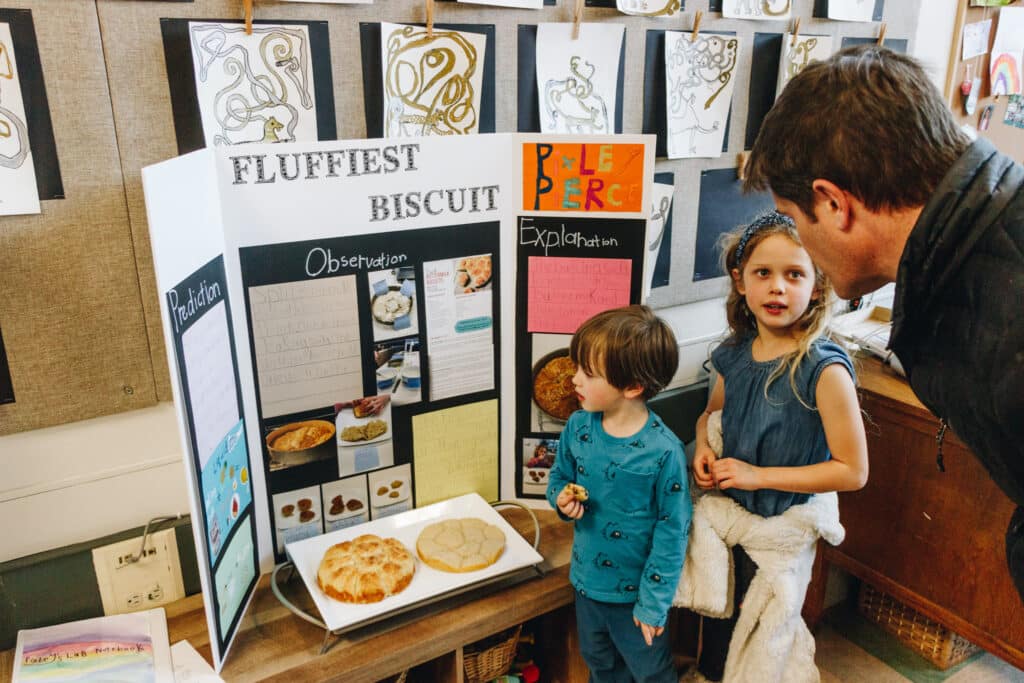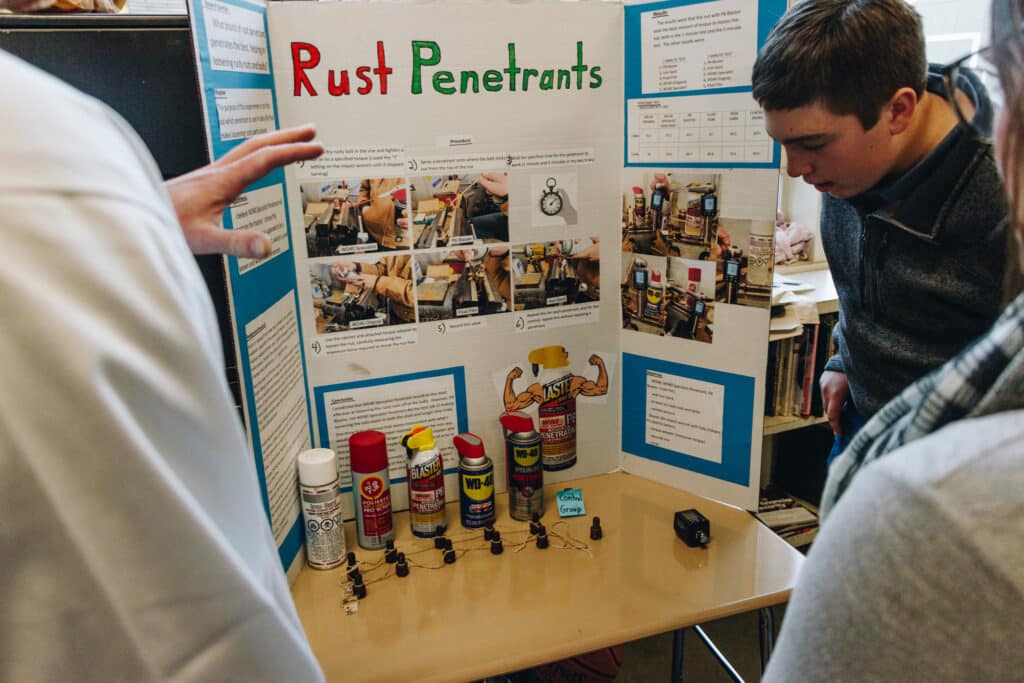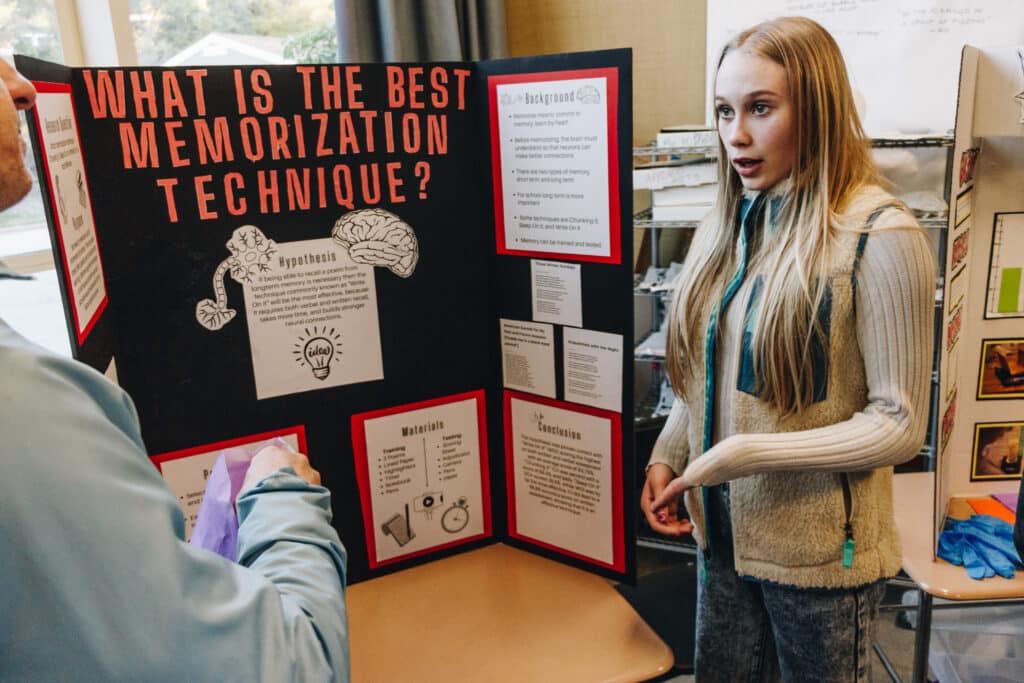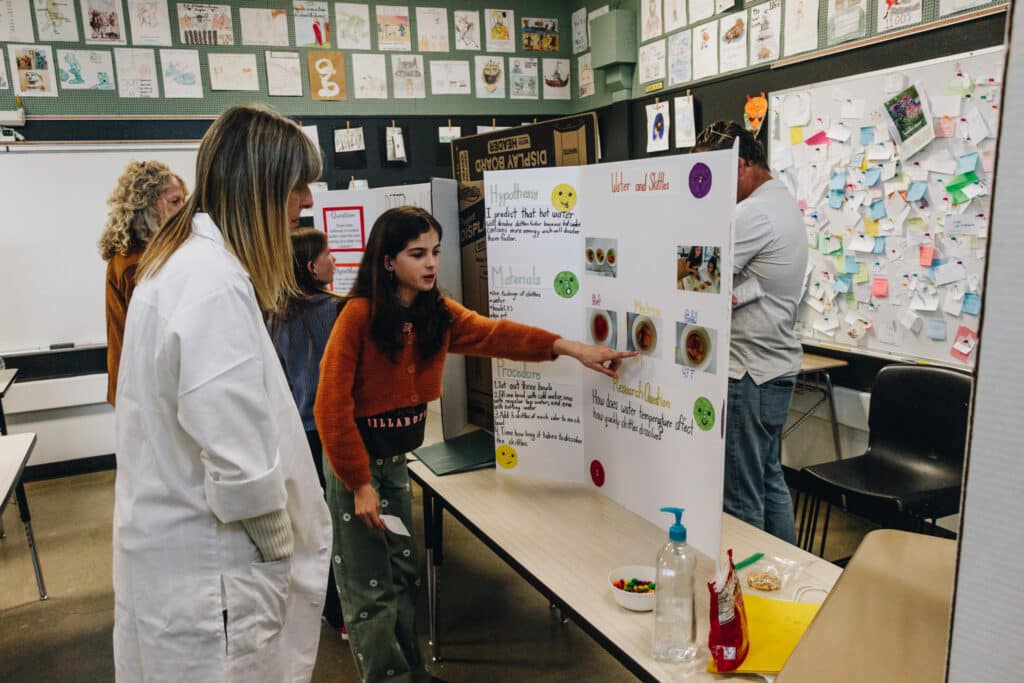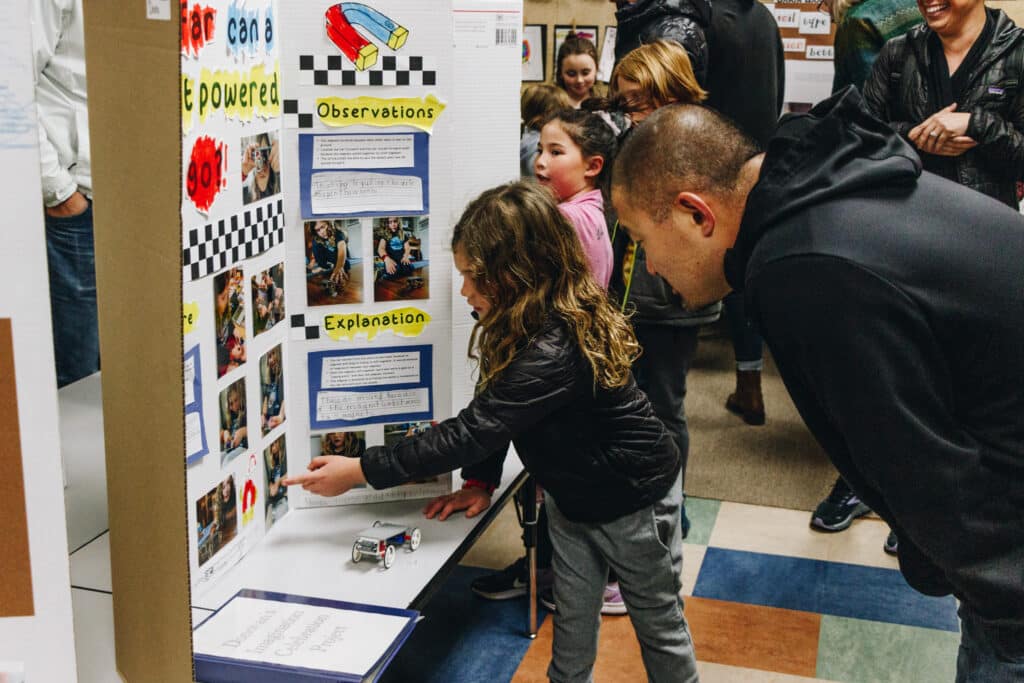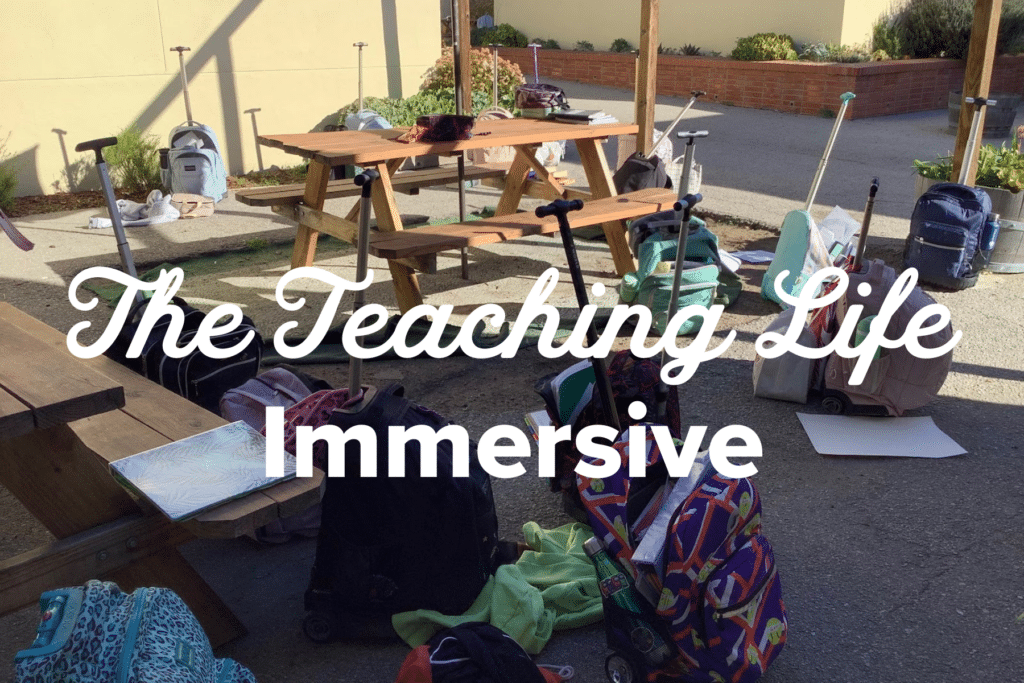You’ve probably heard something somewhere about STEAM education—it’s kind of an educational buzzword these days, from public to private schools and beyond. This acronym stands for Science, Technology, Engineering, Art, and Math and is often used to emphasize a distinction from the traditional humanities subjects: history, social studies, and literature. Here at SLOCA, while our four-year cycle is built upon our literature and history, we believe that STEAM seamlessly integrates into our classical education with a twist. It shouldn’t be seen as opposing the humanities but rather as complementary to them and part of a greater endeavor of pursuing truth, goodness, and beauty in all of life.
Today we present you with our final STEAM post – Science! If you’ve missed any of our previous posts, we encourage you to check out Technology, Engineering, Art + Music and Math. For today’s post, we enthusiastically welcome Wendy Rey, Lower Middle School Teacher and Science Lead at SLOCA. We ask you to read on and “Imagine if”…
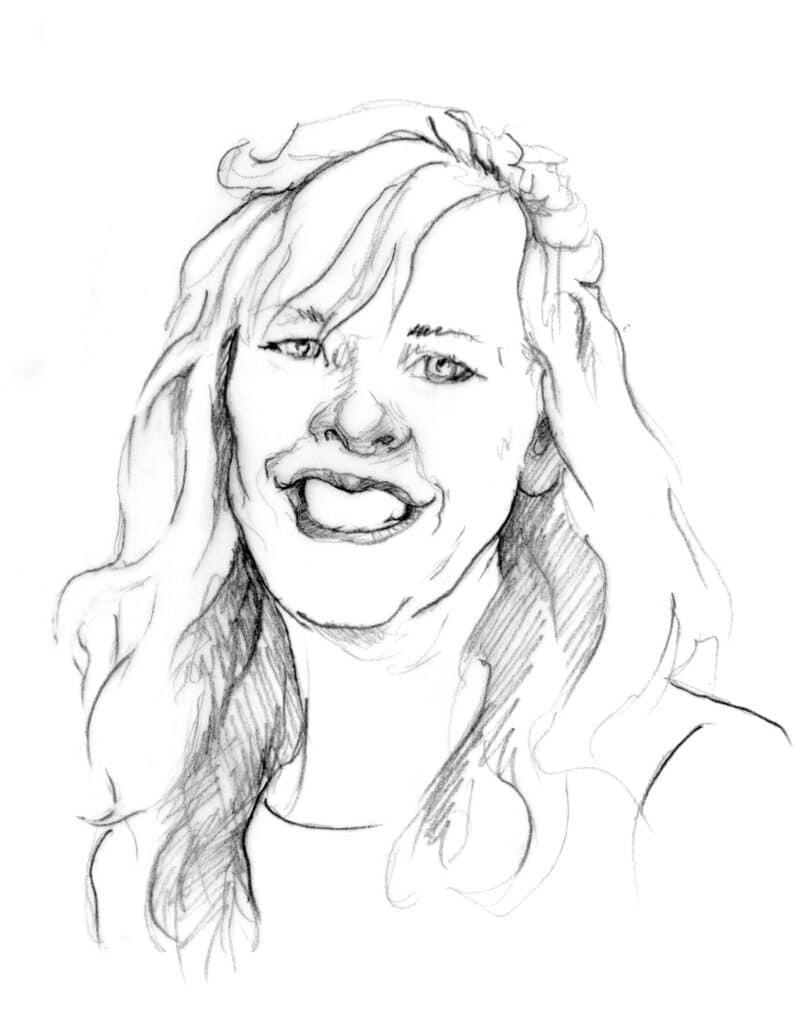
“OOOOH, AHHHHH, WOW!”, are just a few of the things you may hear walking through our science classes at SLOCA. Students are deeply involved and engaged in their learning, while having a whole lot of fun! Who doesn’t love watching dry ice dance on air, observing lava ooze down the sides of a volcano, or becoming planet earth rotating on its axis, while orbiting the sun? Science at SLOCA is filled with hands-on-activities that draws our students in to take an active role in their learning. It is a journey of exploration and investigation that keeps the naturally curious minds of our students ignited. Our desire is for our students to be curious about the world around them, to be good observers, to learn to ask good questions, to question basic assumptions, and to make new discoveries.
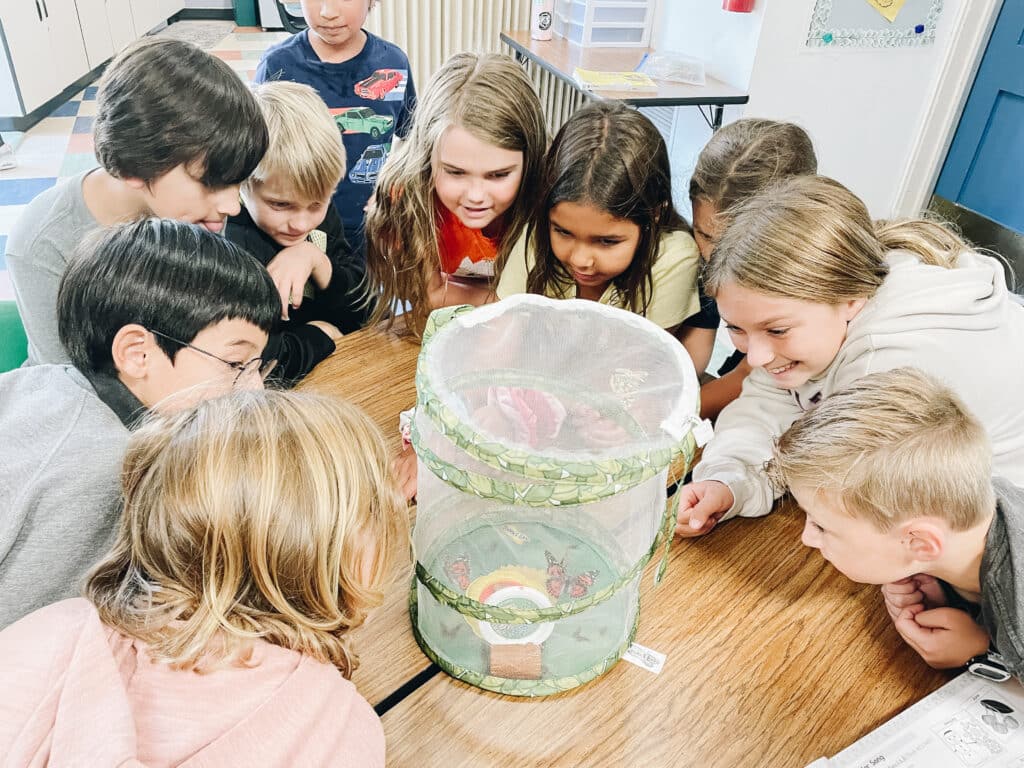
Just like our other subjects, our approach to teaching science is rooted in classical education. From socratic discussions on Galileo to working through the scientific method, students are thinking for themselves, while also working in groups and making new discoveries with their peers. Each level also incorporates living books to complement their studies. Some of the books we read this year include: Gregor Mendel: The Friar Who Grew Peas, Along Came Galileo, and Nicholas Copernicus the Earth is a Planet. Integrating poetry, writing, and playing around with some math concepts that support our lessons are additional ways we combine the disciplines.
This was a particularly exciting year for science at SLOCA as we held the Imagination Celebration: Adventures in Science, our school-wide science fair. To imagine is to form an image in one’s mind of what something might be like. It is the stepping stone to wonder, curiosity, asking good questions, and really is foundational to good science. Our hope is that each student would imagine what could be, and with that, be led into a new world of ongoing discovery and adventure. It would propel them to ask good questions: deep questions that will continue to guide their learning as they take in the world around them.
The Imagination Celebration was the culmination of months of work. Each student was slowly led through the scientific method, step-by-step, in the context of the question/experiment they decided to work on. On the evening of the event, the school was thick with anticipation and parents. Students presented their findings on a display board, while parents meandered from classroom to classroom to hear our little scientists make their case.
Whether studying Ecology, Astronomy, Chemistry, or Force & Motions, science at SLOCA gives each student a host of opportunities to become curious observers who we hope will find joy in the world around them, while diligently working to know what is not yet known. You may be asking yourself, “How can I keep this natural curiosity ignited at home?” Here are some great questions to keep in your back pocket.” What do you think will happen if. . . ? I wonder why. . .? How can we find out. . . ? Imagine if…..?”
I hope you and your student have fun seeking the good, true, and beautiful in the world of science around you.


